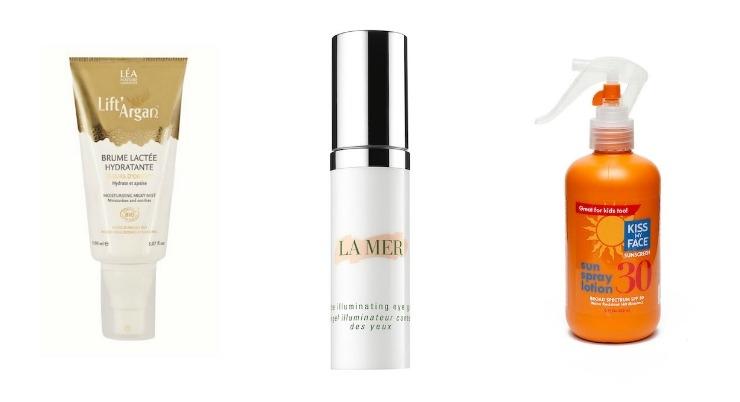
2015-10-28 10:31:45
Petite and Precise: Developments in Skin Care Packaging
2015-10-28 10:31:45

Packaging technology in skin care was once designed to easily dispense as much of a product as possible, but now, packaging is expected to do the opposite – effortlessly release an accurate dose of a premium product.
The movement in skin care towards more natural ingredients that are often more expensive is
The author, Amanda Hartzmark
A prominent example of this packaging shift in the luxury category is Estée Lauder’s La Mer Illuminating Eye Gel, (shown above) which launched in late 2014.
The gel is housed in an airless plastic bottle that protects 15ml of its signature sea kelp-derived ingredients while dispensing the optimal amount of product for use around the eyes.
The expense of airless packaging often restricts its use to premium products, but the desire for accurate and sanitary allotment of skin care products in the mass market is driving the increased popularity of squeezable plastic tubes in the U.S. and Canada.
In North American skin care, squeezable plastic tubes had a 2% CAGR in retail volume from 2009 to 2014, increasing from 229.7 million retail units sold to 250.7 million units. These tubes represent 20% of U.S. retail pack sales in skin care in 2014.
Looking for Lipstick container?
As natural facial oils like argan oil have gained popularity, packaging has also evolved with the launch of small containers with precise dropper applicators. In the U.S., glass bottles holding 15ml or less of fluid have nearly doubled their retail volumes, growing from 2.3 million in 2009 to 4.5 million in 2014. As these examples show, successful applicator types vary, but they all offer more precise dosing of product.
In the sun care category, consumers have embraced spray packaging that offers convenient application. From 2009 to 2014, retail unit volume of metal aerosol cans in North America rose from 34.3 to 44.8 million units.
Kiss my Face has taken a novel approach to this trend, debuting its Sun Spray lotion (shown above) in Canada in an HDPE bottle with a trigger closure.
The new closure facilitates more precise application of the product and features a bright, colorful design at a competitive price point. In Western Europe, rigid plastic bottles with spray pumps have traditionally been more popular for sun care.
Beiersdorf however, recently launched Nivea Sun Protect and Refresh in a metal aerosol can in the Netherlands that offers enhanced accuracy for product application. Lift’Argan’s new product, La Brume Lactée Hydratante, uses a 150ml squeezable plastic tube and pump that allows the skin care product to be sprayed at 360 degrees over the whole body.
Smaller pack sizes have also appealed to on-the-go and budget-conscious consumers. Customers can place a small sun care product in their bag and reapply later in the day.
Skin care sets have also sold well as consumers who travel through airports in the U.S. must comply with the 3-1-1 rule for liquids: 3.4 oz (100ml) containers or less, in a one-quart clear plastic bag, and one such bag per passenger. Skin care companies introduced more starter kits in recent years to appeal to budget-conscious consumers who want to try a skin care regime for a few weeks with minimal cash outlay.
The skin and sun care categories provide some valuable opportunities for increasing volume sales, particularly for packaging that holds 50ml or less. Successful innovations will address consumers’ desire for packaging that facilitates precise, convenient application of products.
ABOUT THE AUTHOR
As a research associate at Euromonitor International, Amanda Hartzmark, Ph.D., combines quantitative and qualitative evidence to produce analyses of consumer trends and market developments in the beauty and personal care industries. Her work provides key insights and data on consumer health and beauty products to Passport, Euromonitor’s flagship product..
Prior to her work as a researcher at Euromonitor, Hartzmark was a Fulbright Scholar in Brazil and held research positions in a number of countries in Latin America. She holds a doctorate and a master’s degree from the University of Chicago and a bachelor’s from Notre Dame.
please visit www.topbeautysh.com for more cosmetic packaging information.
LinkedIn




